In this 5-question interview, with Marcin Treder of UXPin I share my thoughts about inspiration, social change, and what one thing I’d like to redesign. What would your five answers be?
1. How did you get started in the User Experience Design field? And what would be your advice to new comers to the field?
I got started in 1989, basically, when I moved from a job writing satellite guidance software to a start-up making a supercomputer – they wanted to ship the hardware with an OS and some development tools. I was in charge of designing the interface for the edit-compile-debug suite. Although we were writing these tools for other engineers, it was at this point that I realized that software wasn’t always written for other people “just like us.”
Newcomers: Keep it foremost in your minds that more than one “type” of person will be using what you create, and those people are not exactly the same as you. Constantly seek out knowledge about the thinking, reasoning, decision-making, reactions, and guiding principles of the various people you hope to support, and what their overarching intents are. It will help you craft several different solutions that will be molded to different thinking styles.
2. What’s the one thing that always works in User Experience Design?
Listening. Listen to your team mates, your boss, their bosses. Listen to your users, to the people who you do not yet support, to the people who will “get by” without your design just fine. Listen. Get beneath the shallow stuff and find out what the flow of intentions, snags, and workarounds sounds like for other people. Listen to your own cognition for places where you make assumptions and judgments.
3. What product, service, thing would you like to redesign and why?
Anything. Humanity has only touched upon a tiny percentage of the possibilities that we can design. Why is there only one “app” for each thing you want to do? Well, okay, music and weather … those have multiple apps, but I have yet to see one that supports the widely varying intentions people have. Why are there no weather apps that answer questions like, “When should I go for my run today?” or “How much water should I use for irrigation today?” Why are there no music apps that link together themes or concepts that artists were exploring, and the current events that emphasized those themes – even artists several centuries ago? There’s so much more we can do.
4. Can design be a source for an important social change? How can we achieve that?
I’m not a big believer in “social change.” Instead, I like to “support” people better – in ways each type of person sees as helpful and embraceable. Some people don’t want to change much, and we need to respect and support that. So, in little ways, I focus on support: can we make a trip through a connecting airport more embrace-able by encouraging people on board an aircraft to ask each other questions and answer each other with tips about the people and businesses at the airport or at that location? And not force participation? Little things …
5. What’s your latest design inspiration?
I am inspired by exploring how lots of different people think, and being perpetually surprised and encouraged by the variety. One size does not fit all. Shatter the single-solution mindset into many pieces that support as much of the variety as possible.
I am also thrilled to be recognizing, more and more, when I have an emotional reaction or make a judgement or assumption about a person. I can recognize these moments more easily now, and can begin to circumvent the single-minded thinking that goes along with it.

